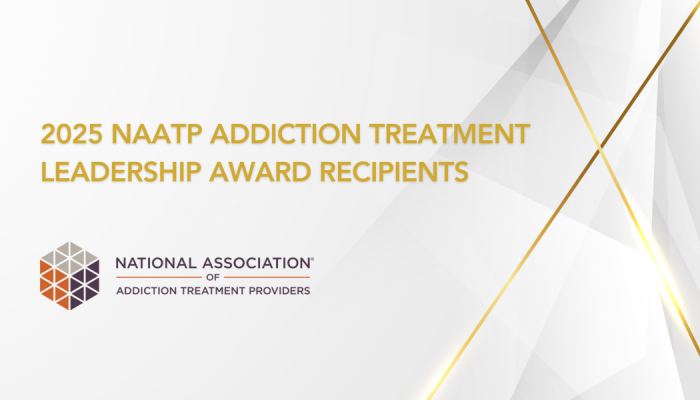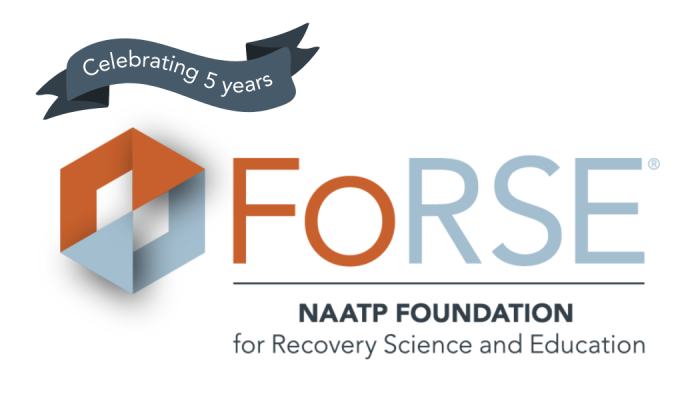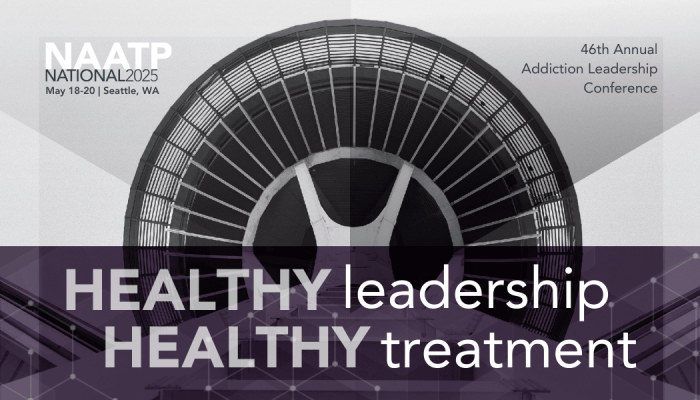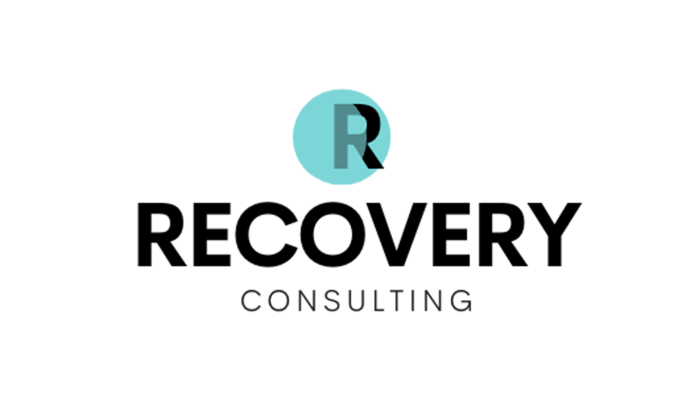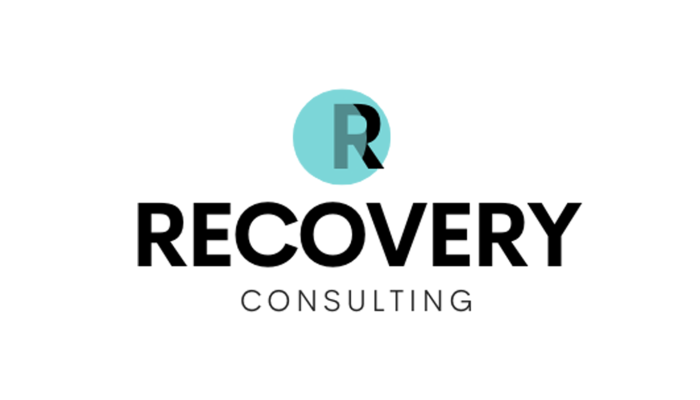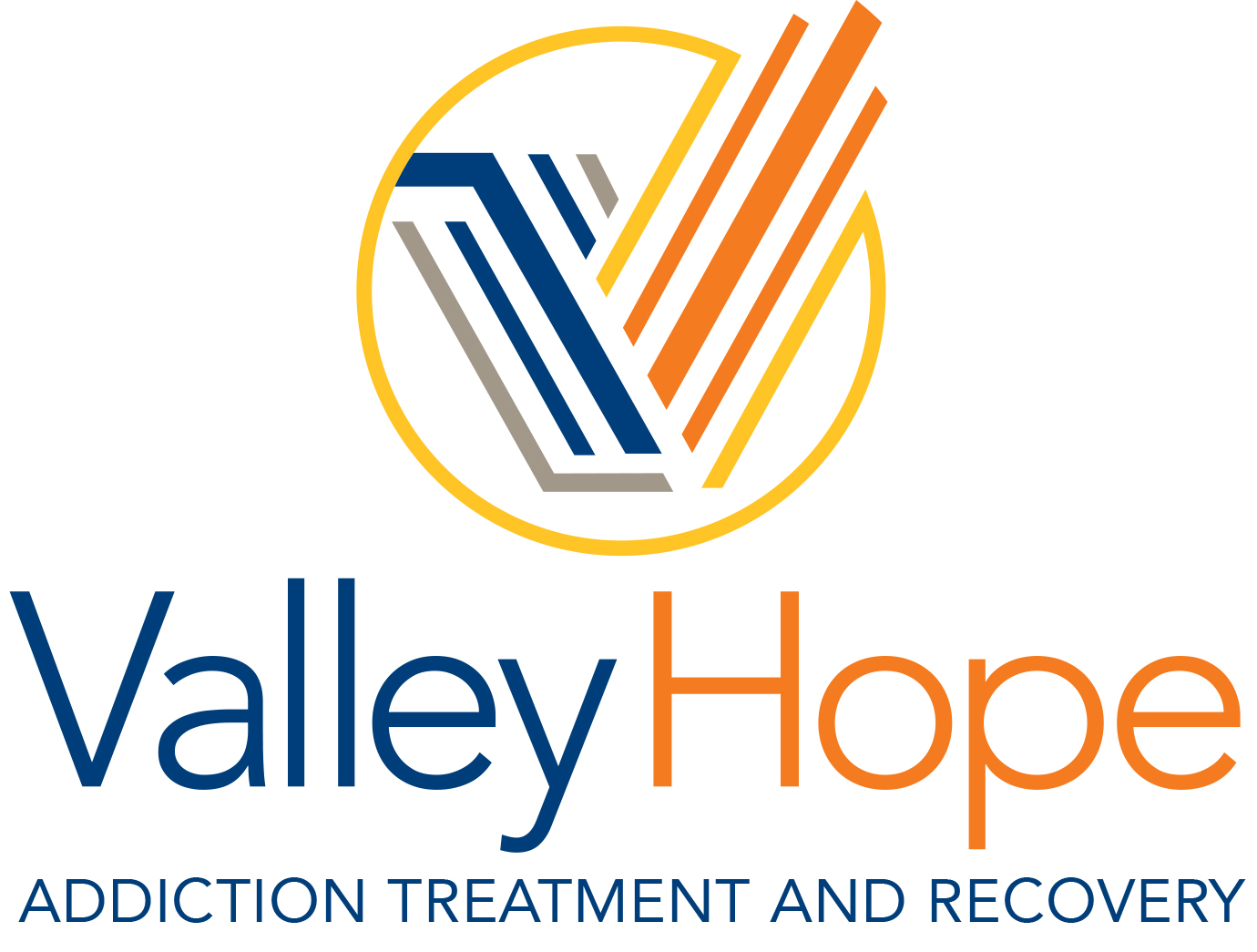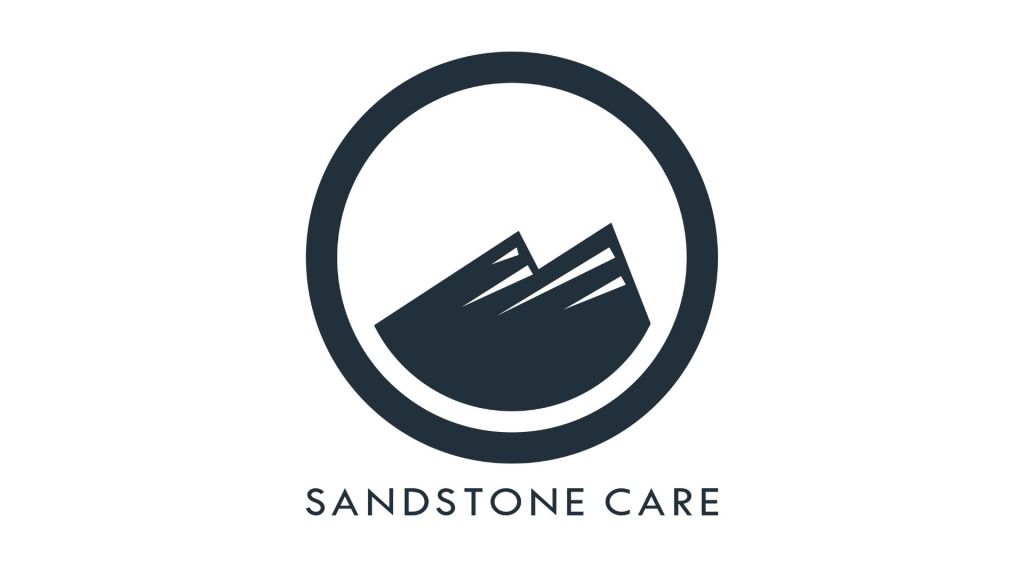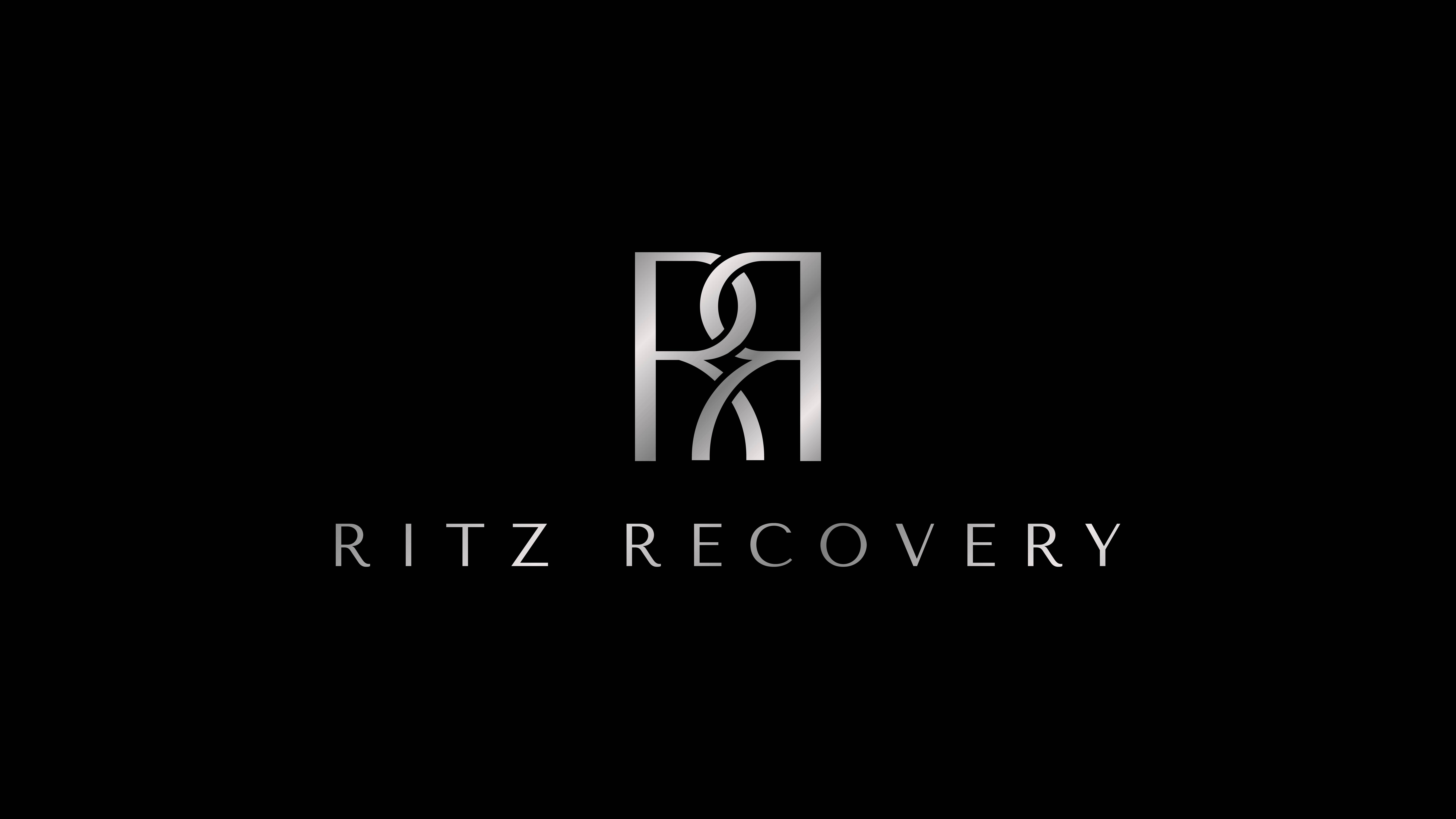Apr 29, 2025
Effective substance use disorder (SUD) treatment requires research-backed strategies to improve outcomes and support long-term recovery. Contingency management (CM) is a proven behavioral intervention that increases treatment engagement and reinforces positive change through tangible rewards. More than 30 years of research supports using CM to treat SUD, revealing that CM results in higher abstinence rates during treatment, an increased likelihood of remaining in treatment, and a greater ability to maintain abstinence over time. CM is effective across diverse populations and works well alongside a variety of treatment options.
CM helps break the cycle of substance use by activating and engaging the brain’s reward center with non-substance sources. Over time, CM helps individuals with SUD repair their brain circuitry and make better health choices.
CM interventions are exceptionally effective in treating stimulant use disorder and other SUDs without FDA-approved medication treatments. CM is twice as effective as standalone Cognitive Behavioral Therapy (CBT) and counseling. When used in conjunction with these approaches, CM significantly boosts the efficacy of the overall program.
Due to this strong evidence base, the American Psychological Association and the Substance Abuse and Mental Health Services Administration recommend adding CM to existing SUD interventions. However, CM remains underutilized. To explore its benefits, CHESS Health recently sponsored a webinar, “webinar offers useful tips and ideas for facilities considering adding contingency management programs or refining an existing program. You can watch the webinar on demand to gain expert insights, learn about practical tools, and walk away with new ideas for integrating CM into your program.
About the Author:
CHESS Health, an NAATP Affiliate Member, is a the leading provider of evidence-based digital solutions, amplifies the impact of healthcare providers, community organizations, state and local governments, and health plans by extending their reach, improving outcomes, and enabling data reporting across the entire lifecycle of SUD management - from prevention and intervention to treatment and recovery.




